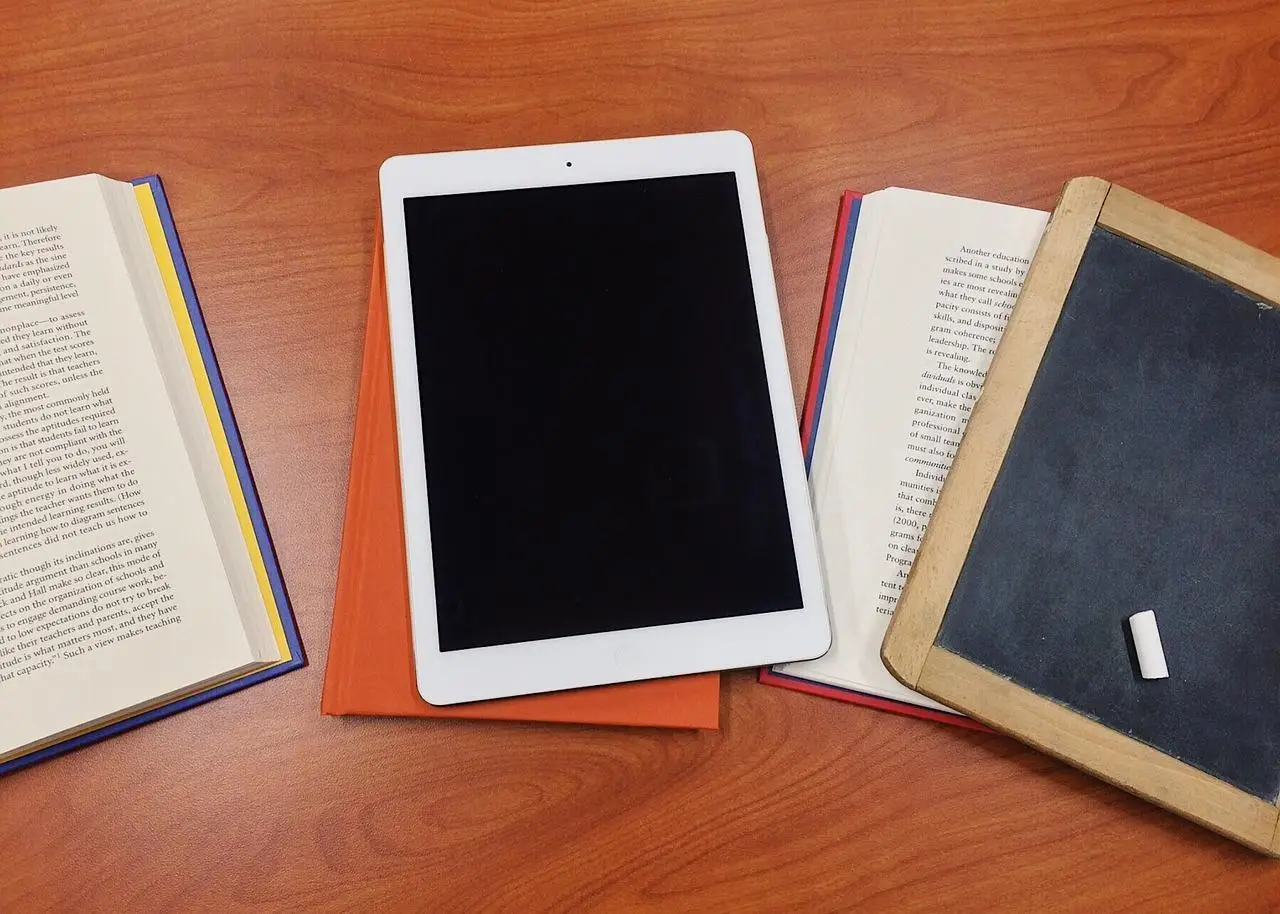The Impact of Wearable Technology on Health and Fitness
In recent years, wearable technology has emerged as a transformative force within the fields of healthcare and fitness. These innovative devices, characterized by their ability to be worn on the body, have paved the way for a more personalized approach to health management and physical activity. As the intersection of technology and healthcare continues to grow, innovation plays a vital role in enhancing health outcomes and improving the fitness journey of users.
This article will delve into the evolution of wearable technology, explore how technology and innovation have revolutionized wearable devices, their impact on healthcare and fitness, the challenges associated with their use, and the future trends that may shape this dynamic field.
I. The Evolution of Wearable Technology
A. Historical Background
Wearable technology has its roots in simple devices designed to monitor activity. The journey began in the early 1960s with devices such as the heart rate monitor. However, it wasn't until the 2010s that wearable tech gained mainstream attention with the launch of fitness trackers like Fitbit. Since then, numerous milestones have marked the development of wearable tech—from basic pedometers to sophisticated smartwatches that monitor numerous health metrics.
B. Types of Wearable Devices
Today, wearable technology encompasses various devices, each designed to cater to specific health and fitness needs:
- Fitness Trackers: Basic devices that monitor steps, calories burned, and distance traveled.
- Smartwatches: Multifunctional gadgets with advanced features including notifications, phone calls, and extensive health tracking capabilities.
- Medical Monitors: Devices like ECG monitors, which help in chronic disease management by providing real-time health data.
- Smart Clothing: Fabric items embedded with sensors to track body metrics, facilitating a seamless integration of technology into daily life.
II. Harnessing Technology & Innovation in Wearable Devices
A. Advancements in Sensors and Tracking
The crux of wearable technology lies in its sensors and tracking capabilities. Recent innovations include:
- Heart Rate Monitors: Present in most wearables, these devices allow for continuous heart rate monitoring, offering insights into cardiovascular health.
- Sleep Tracking Technology: By analyzing sleep patterns, wearables provide data that can help improve sleep quality—a crucial aspect of overall health.
- Blood Pressure and Glucose Monitoring: Advanced wearables now equip users to monitor these crucial health metrics, aiding in proactive health management.
B. Integration with Mobile Applications
Wearable devices seamlessly integrate with mobile applications, transforming raw data into actionable insights. Users benefit from:
- Data Analysis and Interpretation: Apps interpret user data, offering insights and recommendations based on individual health profiles.
- User-Friendly Interfaces: Intuitive designs ensure accessibility for all user demographics, making health management straightforward.
- Customization and Reminders: Personalized notifications help users stay on track with their health goals, promoting ongoing commitment.
C. Cloud Computing and Data Storage
The application of cloud computing enhances wearable technology's capabilities.
- Real-Time Health Monitoring: Data collected from wearables can be transmitted in real time to healthcare providers, allowing for immediate feedback.
- Remote Patient Monitoring: This is particularly crucial for chronic disease management, enabling patients to be monitored without frequent in-person visits.
III. Transforming Healthcare with Wearable Tech
A. Personalized Health Management
Wearable technology heralds a new era of personalized health management. These devices allow users to tailor fitness and diet plans based on comprehensive metrics collected over time. This personalization significantly contributes to more effective chronic disease management, allowing patients to take charge of their health.
B. Enhancements in Patient Engagement
Wearable devices have fundamentally changed how patients engage with healthcare providers. Improved communication fosters increased trust and accountability. Patients can effortlessly share data, enhancing dialogue during consultations and empowering them to be proactive about their health.
C. Innovations in Telemedicine
Wearable technology also plays an integral role in the innovations surrounding telemedicine.
- Virtual Consultations: Doctors can consult patients remotely, aided by real-time data provided through wearables.
- Remote Diagnostics: Clinicians are equipped to diagnose conditions based on accurate, live data from monitoring devices, reducing the time to treatment.
IV. Revolutionizing Fitness Experiences
A. Improved Athletic Performance
For athletes, wearable technology offers data-driven insights into performance. Real-time analytics help optimize training sessions by providing feedback on technique and physical response.
B. Motivation and Accountability
Devices encourage users through features designed for motivation, such as:
- Goal Setting and Achievement Tracking: Wearables allow users to set specific fitness goals and track progress, fostering a sense of accomplishment.
- Social Sharing and Community Support: Many applications enable users to share their accomplishments, capitalizing on the social aspect of fitness.
C. Trends in Fitness Wearables
The landscape of fitness wearables is continuously evolving with exciting innovations.
- Advancements in Augmented and Virtual Reality: These technologies are revolutionizing the way workouts are experienced, making fitness more engaging.
- Integration of AI and Machine Learning: Enhanced personalization and predictive analytics tailor fitness advice to user preferences and performance history.
V. Navigating Challenges and Considerations
A. Data Privacy and Security Concerns
As with any technology that collects personal data, privacy issues arise. Safeguarding user information and mitigating the risks of data breaches must remain a priority for developers.
B. Accessibility Issues
While wearable technology is revolutionizing healthcare and fitness, concerns about accessibility persist:
- Cost of Devices: High-quality wearables can be expensive, limiting access for some individuals.
- Technological Literacy: Users must possess a certain level of technological understanding to fully benefit from these devices.
C. Potential for Over-Reliance
While emerging technologies offer improved tracking and guidance, there's a potential risk of over-reliance on devices, possibly detracting from traditional methods of physical activity and health management.
Wearable technology is markedly reshaping the landscape of healthcare and fitness through innovative solutions that provide valuable insights and enhance user engagement. With ongoing advancements in technology and innovation, the future promises further integration of these devices into daily life, making health management more accessible and effective than ever before. Continuous exploration of this dynamic field encourages critical engagement, ensuring that users not only harness the benefits of wearable tech but also navigate its challenges responsibly.
As advancements unfold, the health and fitness sector eagerly anticipates the pathways that wearable technology will unlock. From personalized care to groundbreaking fitness experiences, the horizon looks promising, urging both developers and users to embrace this remarkable intersection of technology and innovation.









